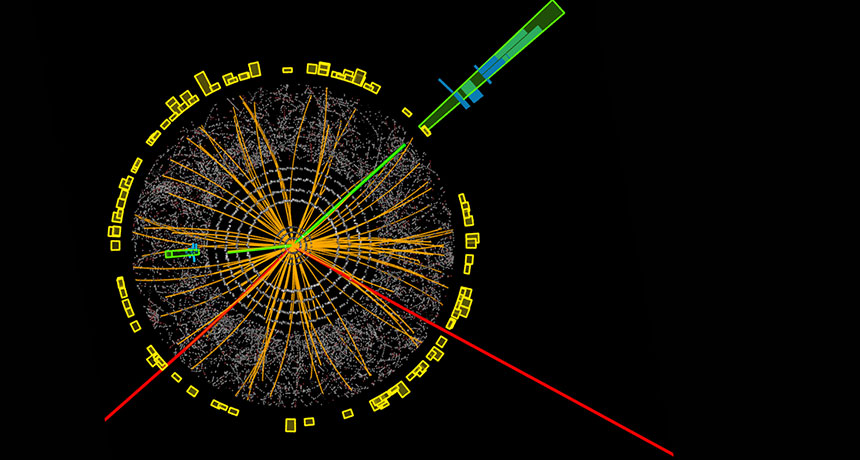| Version 3 (modified by , 5 years ago) ( diff ) |
|---|
The scientific program is focused on the investigation of the origin of mass and its consequences. The notion of mass and its generation permeates many aspects of fundamental physics. At the microscopic level it is intimately related to the mysterious nature of the vacuum and how particles acquire mass, to the questions of how matter forms and why there is much more matter than anti-matter. At the macroscopic level, it is intimately related to gravity, and to the observation that there is roughly five times more dark, non-luminous matter than ordinary matter. It is deeply rooted in the dynamics and history of the Universe through the even more mysterious presence of dark energy and the accelerating expansion. The project is original and innovative as it brings together physicists from different fields, from particle physics to cosmology, using different methodological approaches (from mathematical physics to instrumentation), sharing a common interest in the enigma of mass. The program is organized in three work packages, as described below. The strong interconnections between the packages are outlined.
Work Package 1: Origin of mass and search for new physics

Work package 2: Gravitational waves and multi-messenger science

Work package 3: Dark matter and dark energy in the Universe or the standard model of cosmology

One of the prominent problems of modern physics is the existence of the so-called dark matter. This essential component of the Universe is still of unknown nature. It cannot be made of ordinary atoms, yet it pervades galaxies and clusters. Its presence on cosmological scales has been confirmed by the Planck mission, a project in which Enigmass1 was deeply involved. Planck results are also consistent with a Universe dominated by dark energy, a fluid whose negative pressure is driving a re-acceleration of the expansion. The seeds at the origin of galaxies and clusters of galaxies have presumably been processed during a primordial phase of inflation. Understanding the nature of DM is one of the goals of the consortium, tackled using four different approaches.
A detailed description of the LabEx is availabe [here].
Attachments (4)
- 3-eso0804a.jpg (188.9 KB ) - added by 5 years ago.
-
1-Work Package 1.jpg
(92.2 KB
) - added by 5 years ago.
A photo of a high-speed particle collision showing evidence of the Higgs boson. ®CERN photo.
-
2-Work package 2.jpg
(89.3 KB
) - added by 5 years ago.
Two supermassive black holes spiral together after their galaxies have merged, sending out gravitational waves. ©Swinburne Astronomy Productions
-
3-Work package 3.jpg
(188.9 KB
) - added by 5 years ago.
Snapshot from a computer simulation of the formation of large-scale structures in the universe, showing a patch of 100 million light-years and the resulting coherent motions of galaxies flowing toward the highest mass concentration in the center. ©ESO WDS-team
Download all attachments as: .zip
